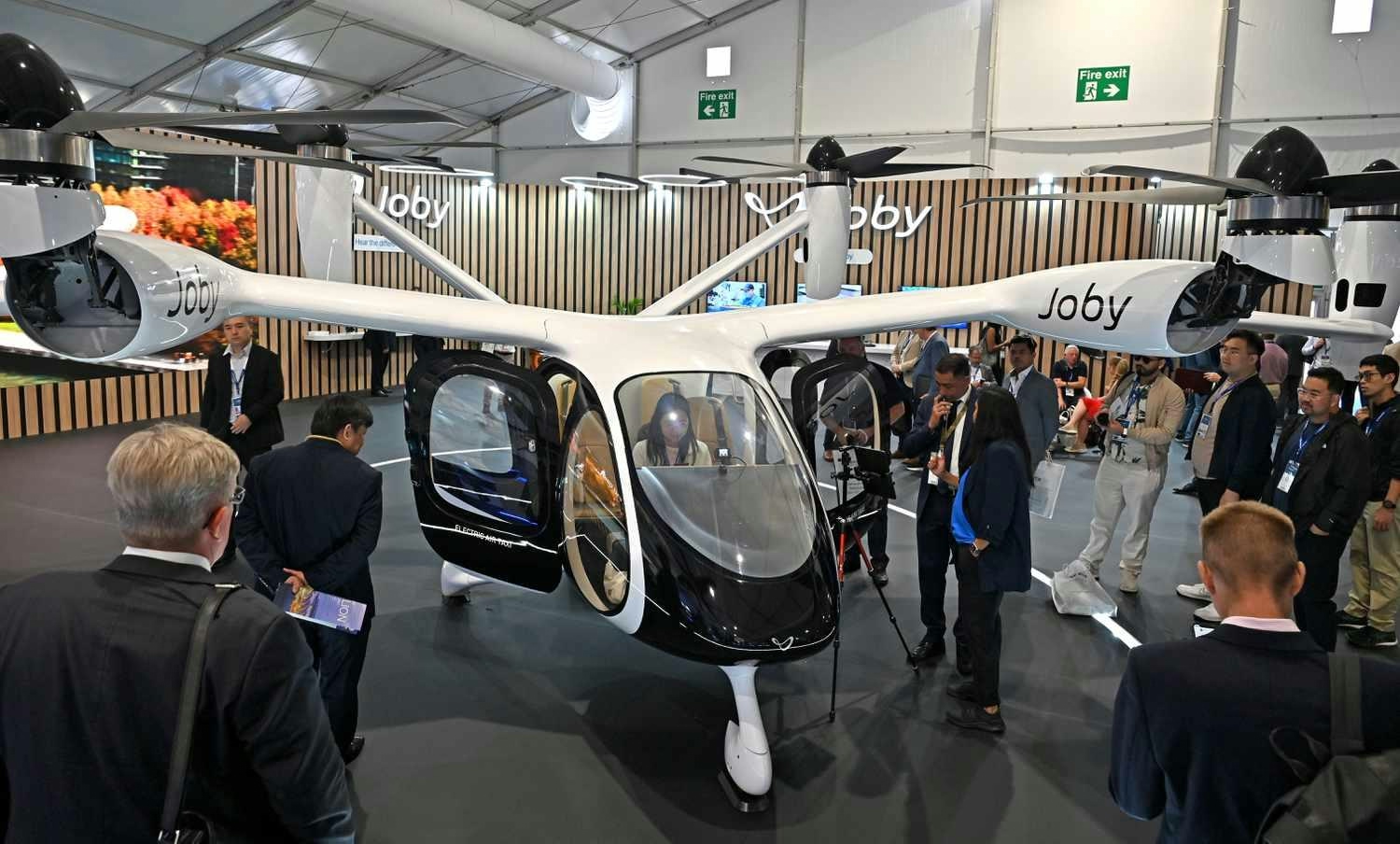
AeroGenie — 您的智能副驾驶。
热门趋势
Categories
America’s Last Commercial Plane with Rear-Mounted Engines
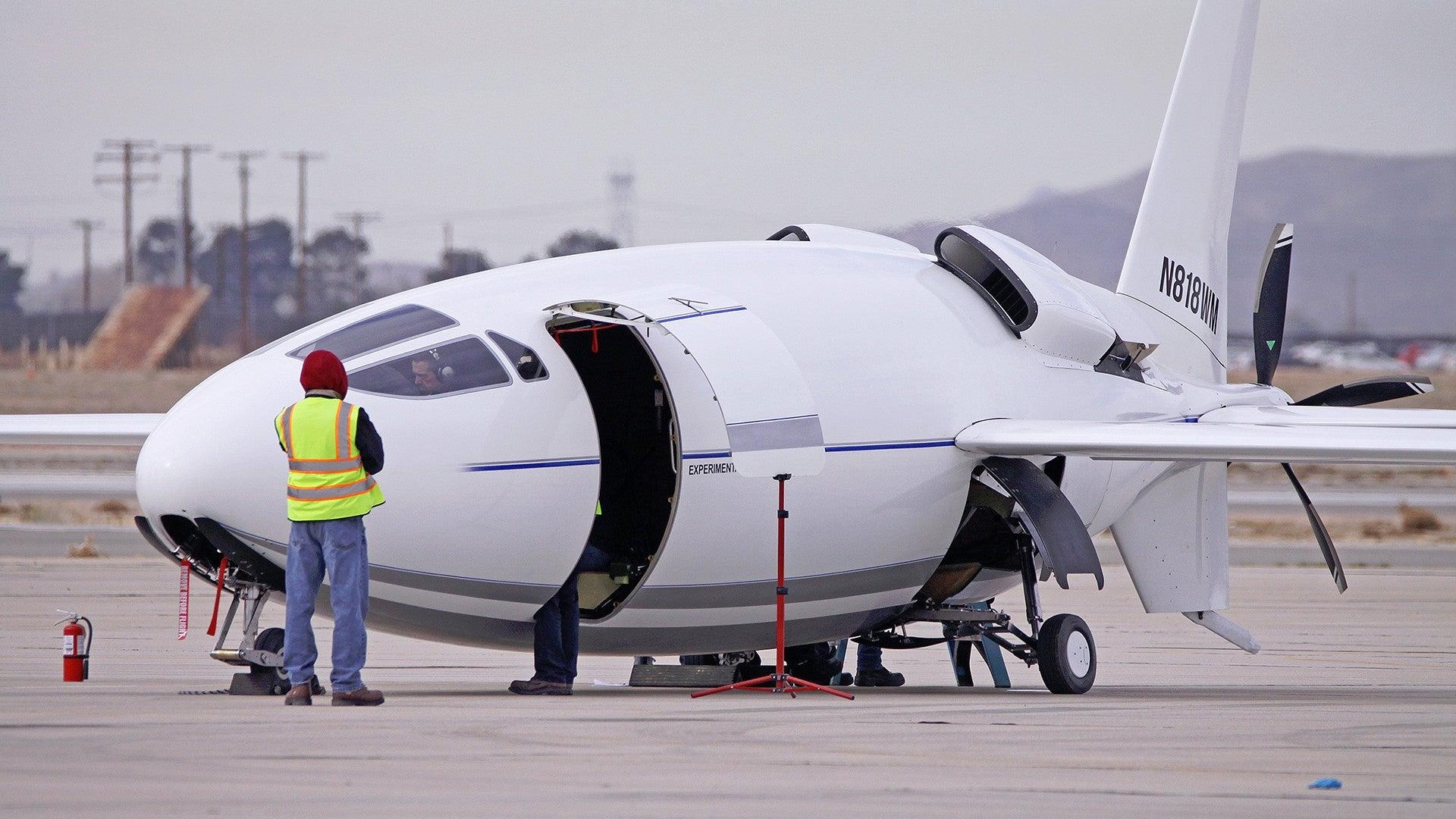
America’s Last Commercial Plane with Rear-Mounted Engines
The Legacy of Rear-Mounted Engine Designs
The final commercial U.S. passenger jet to feature rear-mounted engines was the Boeing 717, a direct descendant of the Douglas DC-9 family. While rear-mounted engines remain prevalent in business jets, this configuration has largely vanished from American commercial aviation. The lineage began with Douglas Aircraft, and later McDonnell Douglas, which became synonymous with rear-engine designs starting with the DC-9. This five-abreast narrowbody jet was powered by two Pratt & Whitney JT8D engines mounted at the rear beneath a T-tail, a design that offered a quieter cabin environment and a cleaner wing profile for improved aerodynamics.
The DC-9 family evolved through successive generations, including the stretched and upgraded MD-80, the further refined MD-90, and ultimately the MD-95. After Boeing’s merger with McDonnell Douglas in 1997, the MD-95 was rebranded as the Boeing 717. Equipped with modern Rolls-Royce BR715 engines and an updated cockpit, the 717 entered service in 1999 with AirTran Airways as its launch customer. Production continued until 2006, culminating in 156 units delivered. This marked not only the end of the DC-9 lineage but also the conclusion of rear-mounted engine commercial jet production in the United States.
Advantages and Industry Shifts
Rear-mounted engines offered several operational benefits. By positioning engines at the rear, designers could optimize the wing for aerodynamic efficiency without the need to accommodate engine pylons. This configuration also improved ground clearance, reducing the risk of debris ingestion and allowing the aircraft to sit lower, which simplified ground operations. Additionally, rear-mounted engines enhanced safety by potentially easing control in the event of engine failure and contributed to reduced cabin noise, although advances in engine technology have lessened this advantage over time.
Despite these benefits, the aviation industry’s evolving demands and technological progress have diminished the appeal of rear-mounted engines. The Boeing 717’s production period coincided with mounting challenges such as inflation and global supply chain disruptions, which complicated manufacturing processes and increased costs. These economic pressures made it difficult for legacy designs to remain competitive in a rapidly changing market.
Simultaneously, the industry has shifted focus toward sustainability and fuel efficiency, reflecting broader trends seen in other sectors, such as the agricultural engine market in India, where demand is moving toward more efficient and environmentally friendly technologies. This shift has encouraged manufacturers to explore alternative propulsion systems and configurations better suited to contemporary priorities.
Innovation and the End of an Era
Competitors have accelerated innovation in propulsion technology, exemplified by developments like Hermeus’s Quarterhorse Mk. 2, which follows successful demonstrator flights and underscores the industry’s commitment to next-generation engines and alternative aircraft designs. These advancements further reduce the relevance of rear-mounted engines in commercial aviation.
The Boeing 717 thus represents the final chapter in American commercial aviation’s use of rear-mounted engines—a design that once defined a significant era. As the industry continues to adapt to economic challenges, supply chain complexities, and the imperative for sustainable technology, the rear-engine configuration has yielded to new approaches, closing a notable chapter in the history of U.S. aerospace.

Growth Expected in Aviation Biofuels Market

Civil Aviation Minister Says Air India Crash Investigation Is Thorough and Professional
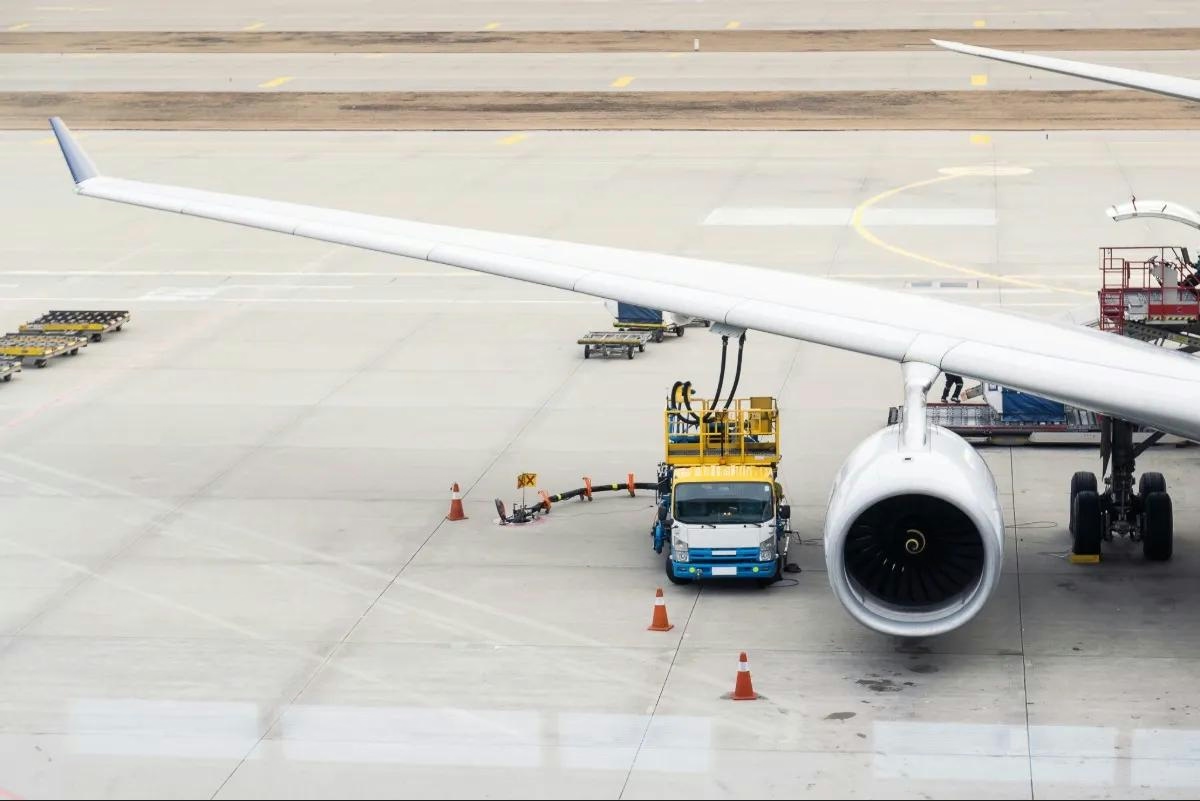
Airline Industry Challenges in 2025: Layoffs, Mergers, and AI Pricing
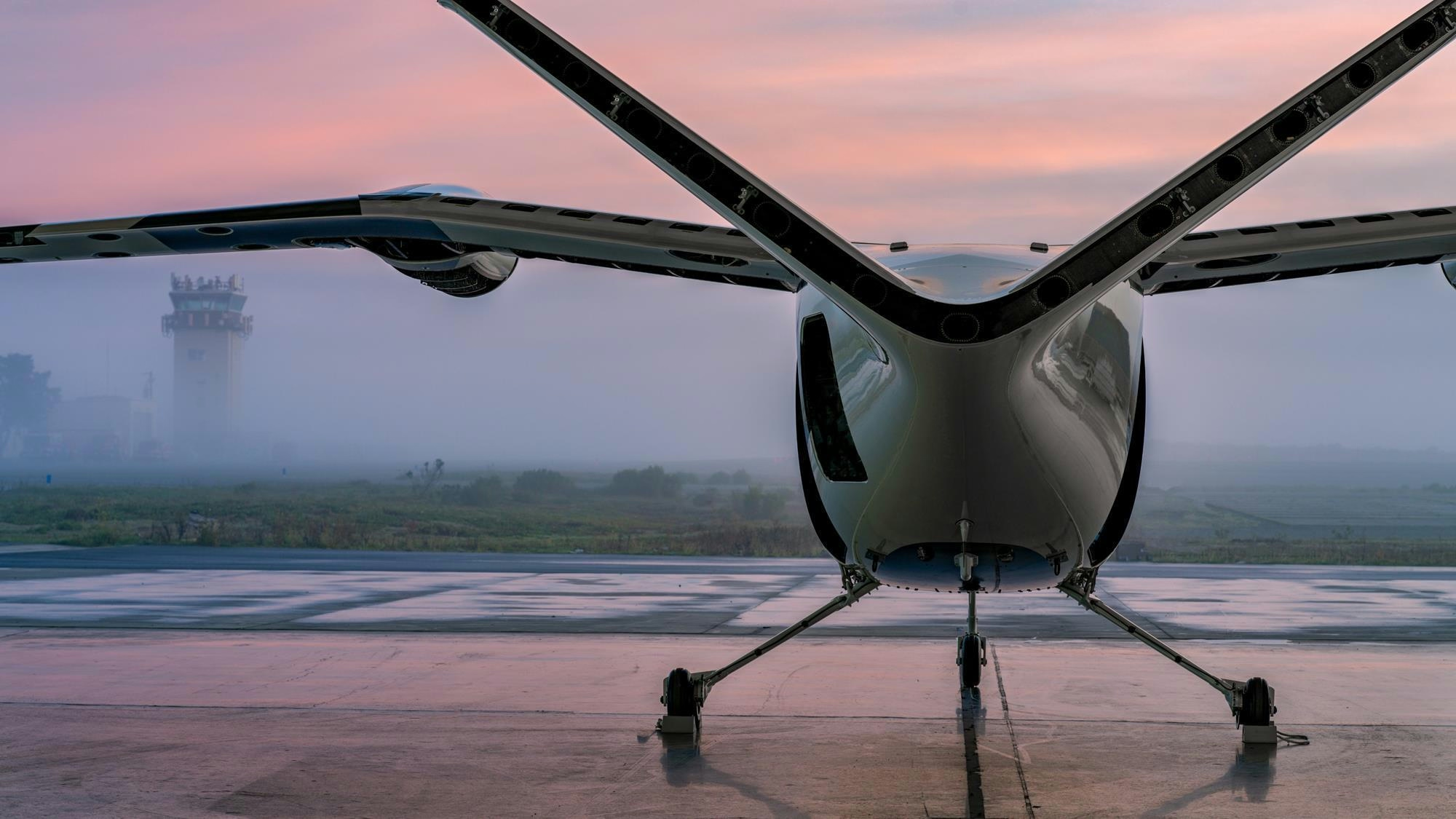
FAA to Review Honda’s Exemption Request for eVTOL Aircraft Trials in the US
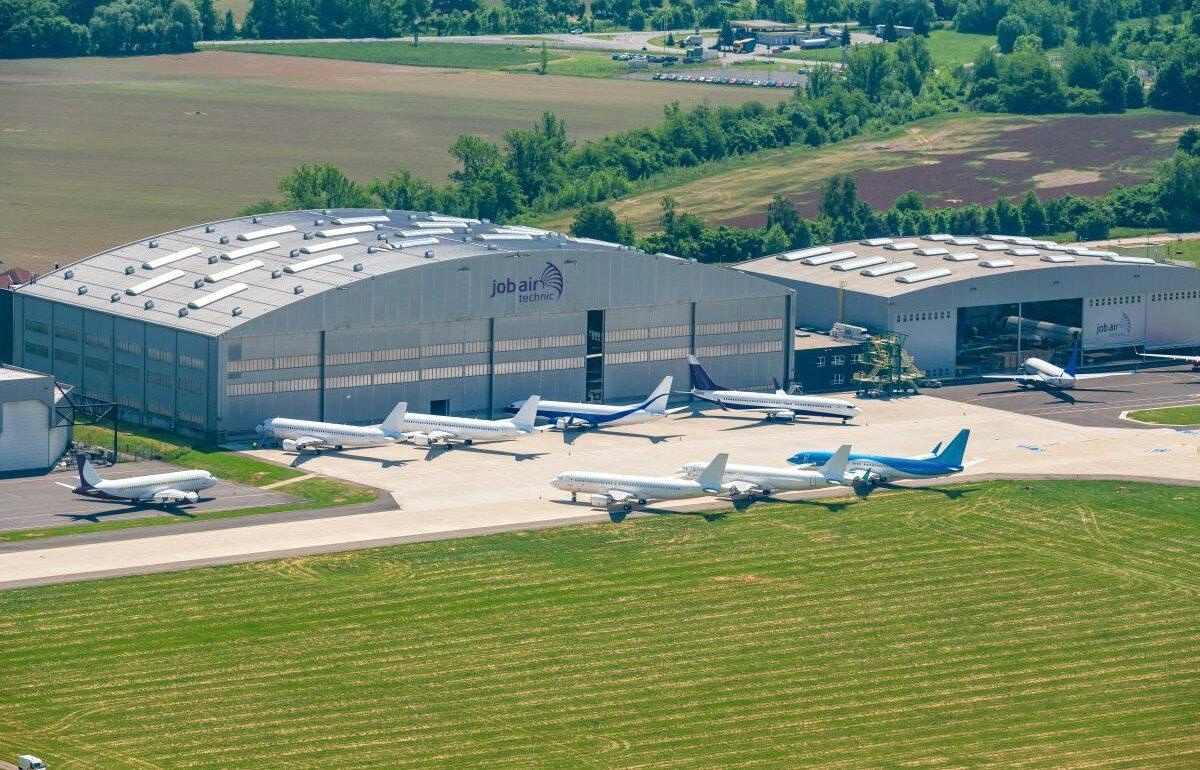
New Aviation Maintenance and Training Center Planned for North Bali

Airbus Exceeds 2025 Delivery Target with 793 Aircraft
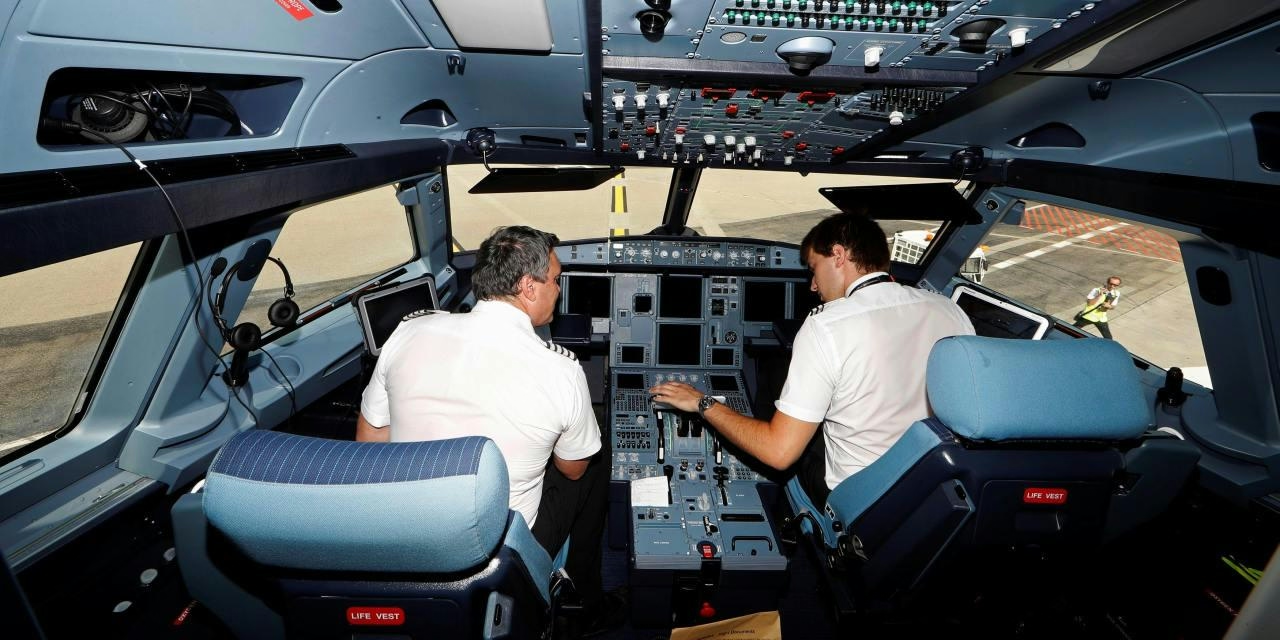
TransDigm Group Reshapes the Aerospace Supply Chain
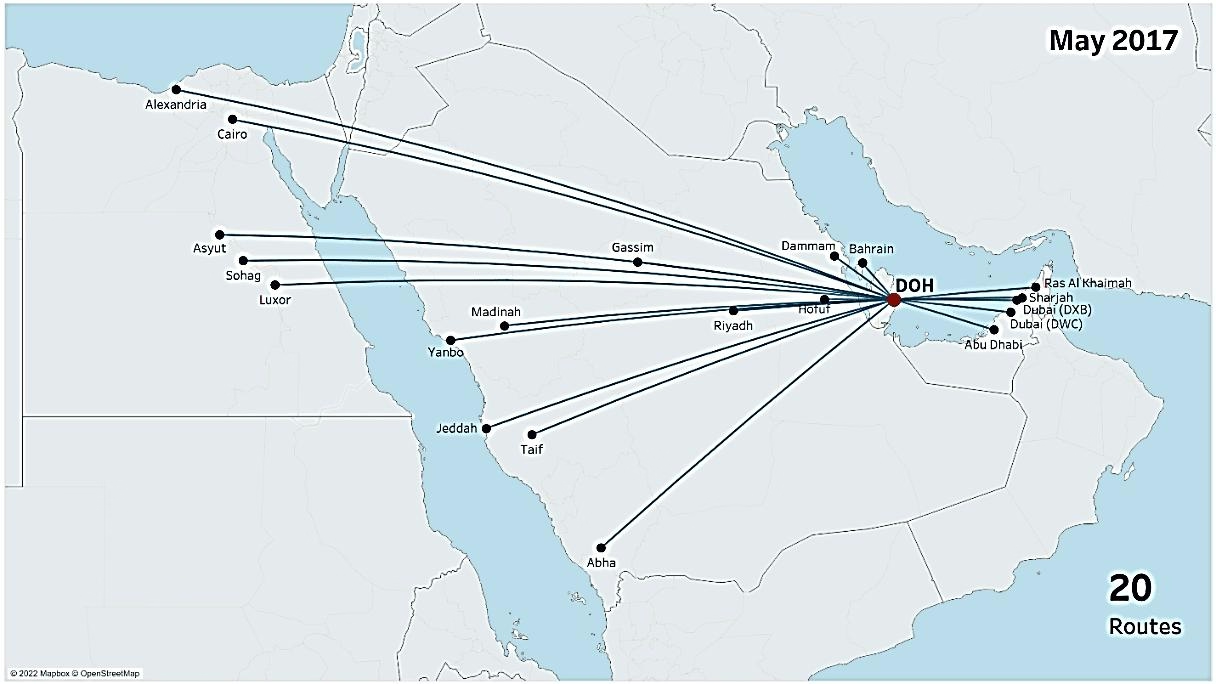
Qatar Secures ICAO Re-election and Expands Aviation Routes

UAE and China Advocate for Flying Taxis Over Self-Driving Cars
